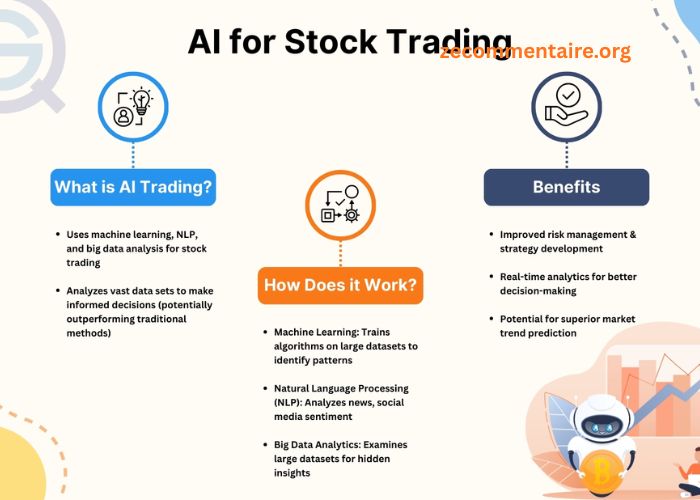Cyber attacks change continuously, and Distributed Denial-of-Service (DDoS) remains one of the most invasive. DDoS attacks inundate networks and applications with traffic beyond their capacity, leading to downtime, data loss, and financial loss. Companies based on digital assets—cloud-based applications, databases, and web services—need to harden their security.
Secure Access Service Edge (SASE) and cloud security provide a modern, elastic solution. With the unification of network security and cloud-native security, companies can protect their resources from DDoS attacks without degrading performance or availability.
Evolutionary DDoS Threat
DDoS attacks take many forms:
- Volumetric Attacks – Overwhelm bandwidth with large amounts of traffic.
- Protocol Attacks – Leverage network protocol weaknesses to exhaust resources.
- Application Layer Attacks – Target core services like login gates, APIs, and databases.
Since businesses are now running in hybrid environments, their attack surface has increased. It is no longer sufficient to secure digital assets that are located in the cloud with traditional on-premise security controls alone.
How SASE Improves DDoS Protection
SASE is a cloud-native security framework that combines both security and networking into a single entity. It brings complete security to users, and applications, and enables real-time threat detection. Below is the way by which DDoS attacks can be secured by SASE.
1. Cloud-Native DDoS Mitigation
These cloud-native SASE solutions span cloud infrastructure all over the globe, ingesting and eliminating DDoS attacks before they ever reach business operations.
2. Zero Trust Security
Traditional security products provide unauthenticated access. SASE is therefore Zero Trust compliant – it requires authentication for both user and device access to digital resources, thus significantly limiting exposure to threats.
3. Traffic Filtering and Inspection
SASE dynamically analyzes both the inbound and outbound traffic in real-time for deviations and it will block any malicious requests while allowing legitimate access.
4. Scalability and Performance Optimisation
Unlike these traditional firewalls, SASE scales upwards dynamically under tremendous, unprecedented attacks and protects the organizational environment without crashing out.
The Contribution of Cloud Security to DDoS Mitigation
The cloud security services increased the layers of defence against DDoS along with SASE. It does so as follows:
1. Cloud-Based Firewalls and Web Application Defense
Traditional firewalls do not support volumetric applications. Cloud-based firewalls and Web Application Firewalls (WAFs) filter and respond better to attacks, and hence they can block attacks from hitting applications.
2. A Content Delivery Network (CDN)
These CDNs divide traffic across servers, thereby removing the effects of DDoS attacks while keeping service availability constant.
3. AI-Based Threat Detection
It is the application of artificial intelligence in real-time by analyzing the traffic patterns by several cloud security suites to detect and block threats.
4. Multi-Cloud Resilience
One valuable redundancy provided through the deployment of irreplaceable digital content to more than a single location in the cloud is the diversion of traffic should the location become attacked. Service availability is not compromised.
Use of SASE and Cloud Security for digital asset protection
The company had an active program for protecting its assets from DDoS attacks. A correct implementation of SASE and cloud security involves the following:
Vulnerability Scanning – Vulnerability scans of cloud apps, remote access, and the network infrastructure.
Deploy SASE – Zero Trust implemented in the cloud with SASE, firewalls, and secure web gateways.
Utilize Cloud-native DDoS Protection – Security services provided directly by the cloud provider(s), i.e., AWS Shield, Azure DDoS Protection, and Google Cloud Armor.
Enable AI Security – AI-centric security software for high-end threat detection and prevention from DDoS attacks.
Cybersecurity Training for Employees – The employees will be trained on how to recognize phishing attacks and secure access protocols.
Conclusion: Cyber Resilience using SASE and Cloud
DDoS attacks are far from dying down. The more companies are relying on digital assets, the more they will be forced to embrace a model of security that’s dynamic and scalable. SASE and cloud security provide the resilience to manage attacks, ensure uptime, and protect valuable assets.
By embracing all these technologies combined, organizations can provide extended secure, open access to valuable information and programs—business remains uninterrupted no matter what the threat climate.





